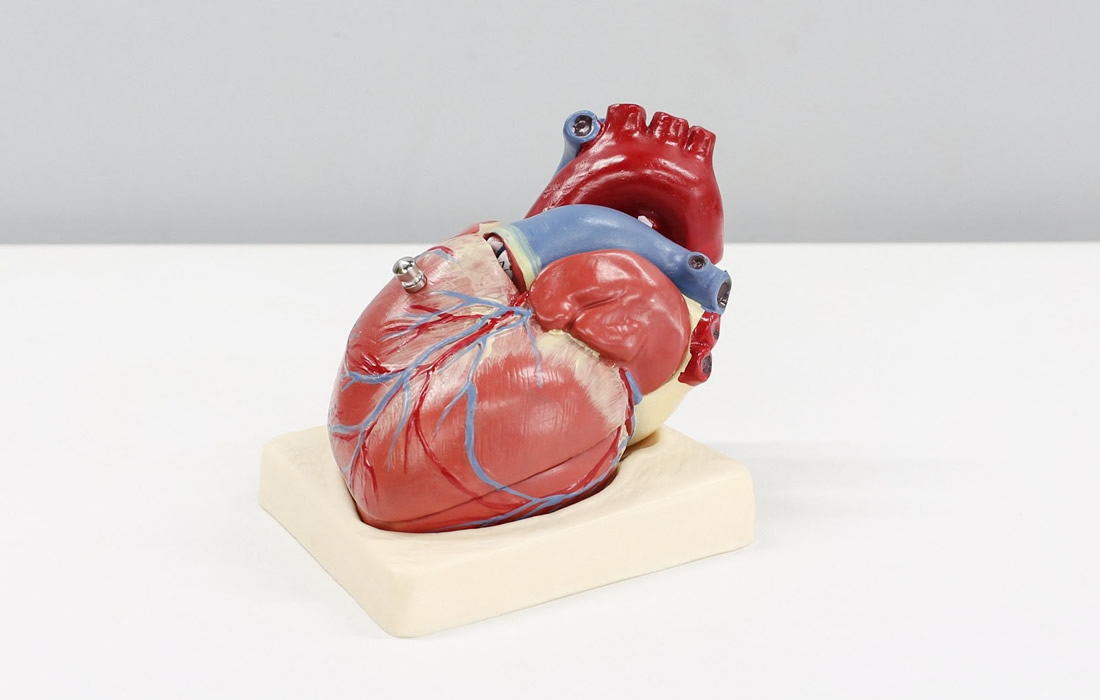Regenerative Medicine News and General Information
The Shape of your Heart Matters
Investigators from the Smidt Heart Institute at Cedars-Sinai have discovered that patients who have round hearts shaped like baseballs are more likely to develop future heart failure and atrial fibrillation than patients who have longer hearts.
“We found that individuals with spherical hearts were 31% more likely to develop atrial fibrillation and 24% more likely to develop cardiomyopathy, a type of heart muscle disease,” said David Ouyang, MD, a cardiologist.
The risk was identified after investigators analyzed cardiac MRI images from 38,897 healthy individuals from the UK Biobank.
“By looking at the genetics of sphericity, we found four genes associated with cardiomyopathy: PLN, ANGPT1, PDZRN3, and HLA DR/DQ,” said Ouyang. “The first three of these genes were also associated with a greater risk of developing atrial fibrillation.”
Cedars-Sinai cardiologists say the shape of one’s heart changes over years, typically becoming rounder over time and especially after a major cardiac event like a heart attack.
“A change in the heart’s shape may be a first sign of disease,” said Christine M. Albert, MD, MPH, chair of the Department of Cardiology in the Smidt Heart Institute and a study author.
“Large biobanks with cardiac imaging data now offer an opportunity to analyze and define variation in cardiac structure and function that was not possible using traditional approaches,” said Ouyang. “Deep learning and computer vision also allow for faster as well as more comprehensive cardiac measures that may help to identify genetic variations affecting a heart — up to years or even decades before any obvious heart disease develops.”
.
Sources:
Milos Vukadinovic, Alan C. Kwan, Victoria Yuan, Michael Salerno, Daniel C. Lee, Christine M. Albert, Susan Cheng, Debiao Li, David Ouyang, Shoa L. Clarke. Deep learning-enabled analysis of medical images identifies cardiac sphericity as an early marker of cardiomyopathy and related outcomes. Med, 2023; DOI: 10.1016/j.medj.2023.02.009
Cedars-Sinai Medical Center. “The shape of your heart matters.” ScienceDaily. ScienceDaily, 30 March 2023. <www.sciencedaily.com/releases/2023/03/230330102349.htm>.
Images from:
Photo by Ali Hajuluyi
https://unsplash.com/photos/MhFJNz_D8t4

